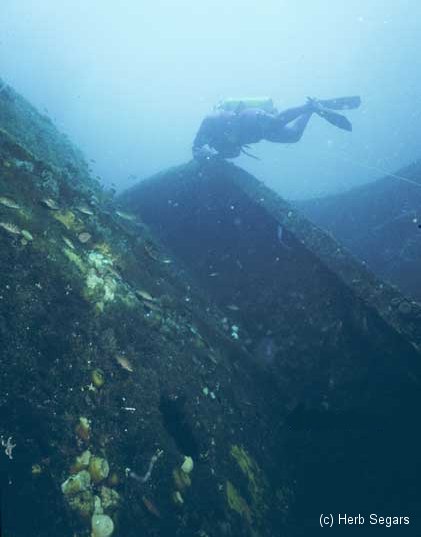Weight System
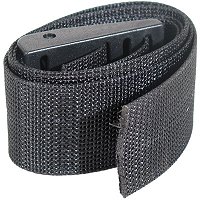
Without a doubt, the one item of dive gear that more people complain about is their weight belt. These things are just plain uncomfortable, and more so for northern divers, who usually need extra weight to compensate for a thick wetsuit or drysuit. Weight belts are also tricky for beginners to set up, put on, and adjust properly, and are one of the greatest sources of difficulty that I have observed with students.
But there's a simple solution: get rid of it. With the plethora of weight-integrated BCs on the market today, there is simply no reason not to get a weight-integrated BC. Some of the excellent reasons to do this include:
- Comfort - the weight of the lead no longer rests on your hips, but hangs from your shoulders, or is supported by the harness in the water. Most integrated weight systems also include padding between you and the weights, the end result being that your weights will never bother you again.
- Convenience - most integrated weight systems are easily adjusted, so that even in the water it is a simple matter to add or remove weight. Many can also be repositioned for perfect balance and trim in the water.
- Safety - with your weight split between two or more carriers, it is possible to selectively ditch part or all of it in an emergency situation, allowing for a much safer and more controlled ascent than a dangerous all-or nothing weight belt ditch.
When selecting an integrated weight system, some particulars to look for are:
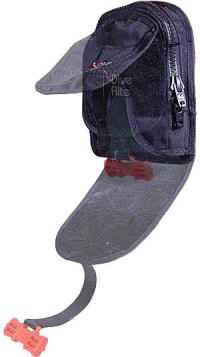
- What type of weight does it use? A weight system that can only use expensive shot-type soft weights is going to leave you wearing a weight belt when you travel.
- How much weight will it hold? Will this be enough for you, now and in the future? Don't forget to read the sections on tanks and exposure suits.
- How easily is the weight ditched? Is it too easy to ditch the weight; could it happen by accident?
- How easily does it load and unload? Can weight be added and removed without disassembling the whole thing? Can weight be added/removed in the water?
- If you ever do have to ditch weights, is the lost weight carrier quickly and inexpensively replaced? Ideally, you should dump only the lead itself, without loosing a part of your BC that you may not be able to replace a few years down the road !
I personally would avoid any system that requires the use of soft weights or a weight carrier that ditches with the weights themselves.
The only major drawback I can think of for a weight-integrated BC is the rare case in which you must take it off underwater. In this case, you better not let go of it, or you will float away completely unweighted. For deep wreck penetrations where this is likely, a weight belt might still be a better choice, but you can always wear a weight belt under your empty weight-integrated BC for these occasions.
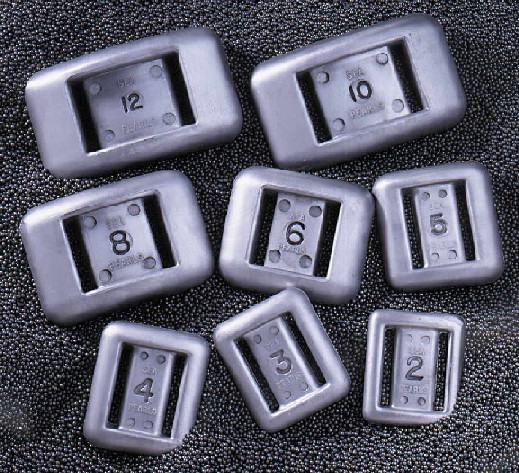
Coated or uncoated weights ( or soft ) ?
Coated weights are good for training situations, where students can drop them in and around the pool and not make marks or break tiles. But although the plastic coating is fairly thick, it is not very soft, and it feels no different through a wetsuit than bare lead. So there really is no difference in comfort between the two when you wear them.
Because they are big and bulky, I recommend against coated weights for personal use, especially with integrated weight systems or pouch-type weight belts - uncoated weights are much slimmer, and cheaper too. Solid lead weights can be expected to last forever ( or until you lose them ! ) but soft shot-type weights do wear out, and eventually will leak a steady stream of BBs until they are empty. Given their high price and limited life, I would not get shot weights, except as anklets.
Drop-weights
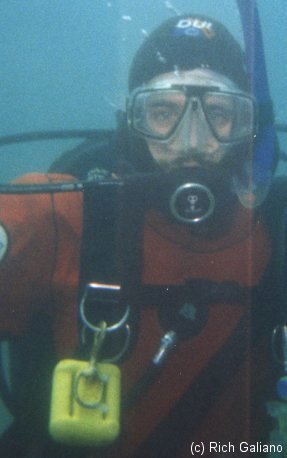
Here's a neat idea: attach a brass snap to an extra weight ( 2-4 lbs. is good ) with wire ties. Now you can snap it on and off you, to adjust your buoyancy. This is better than just sticking an extra weight in your pocket, as those tend to get lost or damage your BC.
One possible use for this is descending the anchor line, when a little extra weight might help. When you reach the bottom, take the weight off and attach it to the anchor, so it can't be forgotten. At the end of your dive, pick it up again for your ascent and safety stop. This would also be useful in an inlet dive, if you are not sure what weight you will need. If you are using a fixed flag, that would be a good place to leave the drop-weight.
Here I had to guess my weighting in freshwater with only shorts and a T-shirt under the suit. As you can see, my initial guess was wrong. ( Yes, that is a coated weight - sometimes the bright color is handy. )
DIR
If you want to be a DIR diver, then you better get used to that uncomfortable old nylon weight belt. Anything else is frowned upon, as are ankle weights. Again, for open-water diving, this is an artificial requirement that makes little sense. I'm not sure I can see how it makes sense in a cave either, but then I'm not a cave diver.

